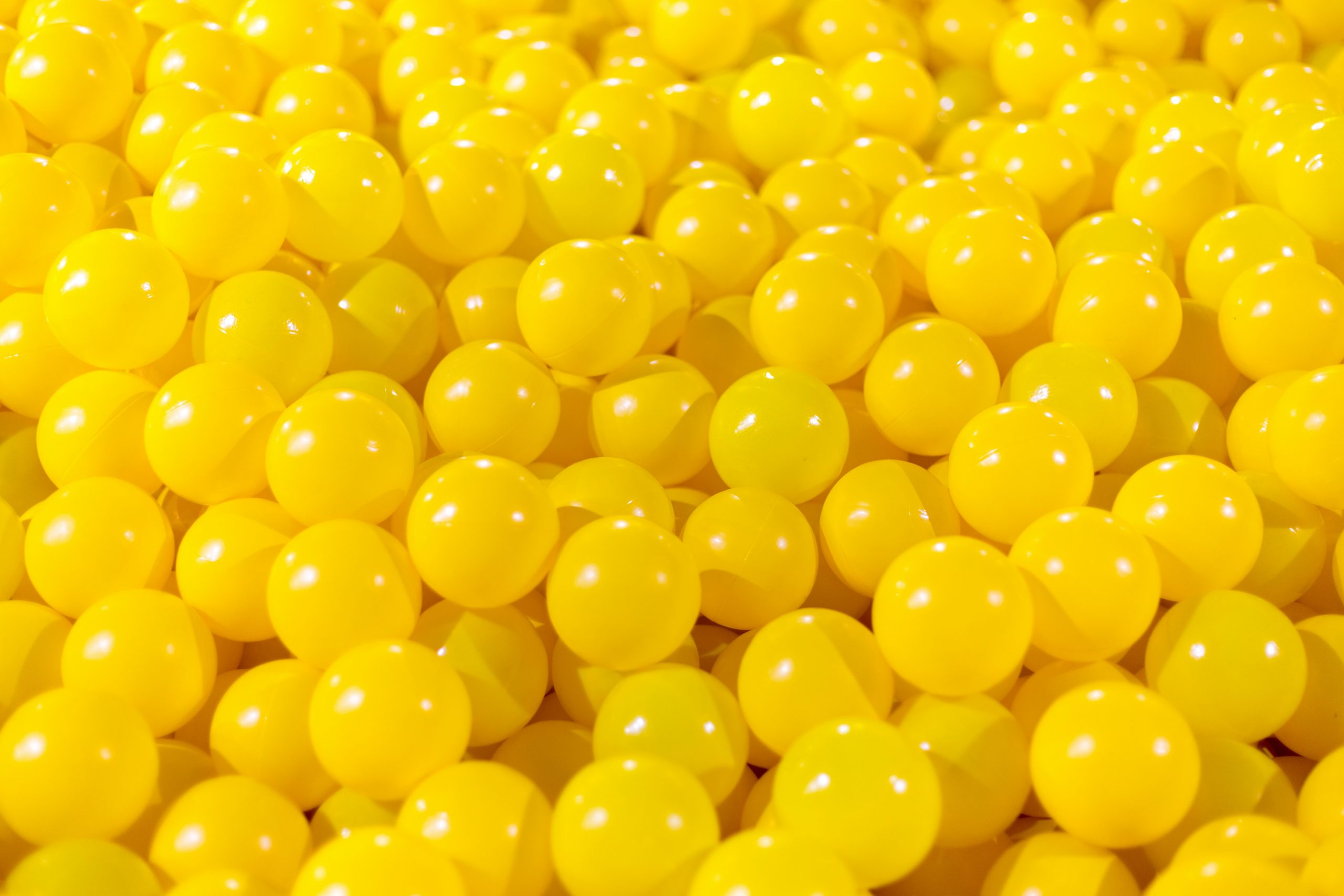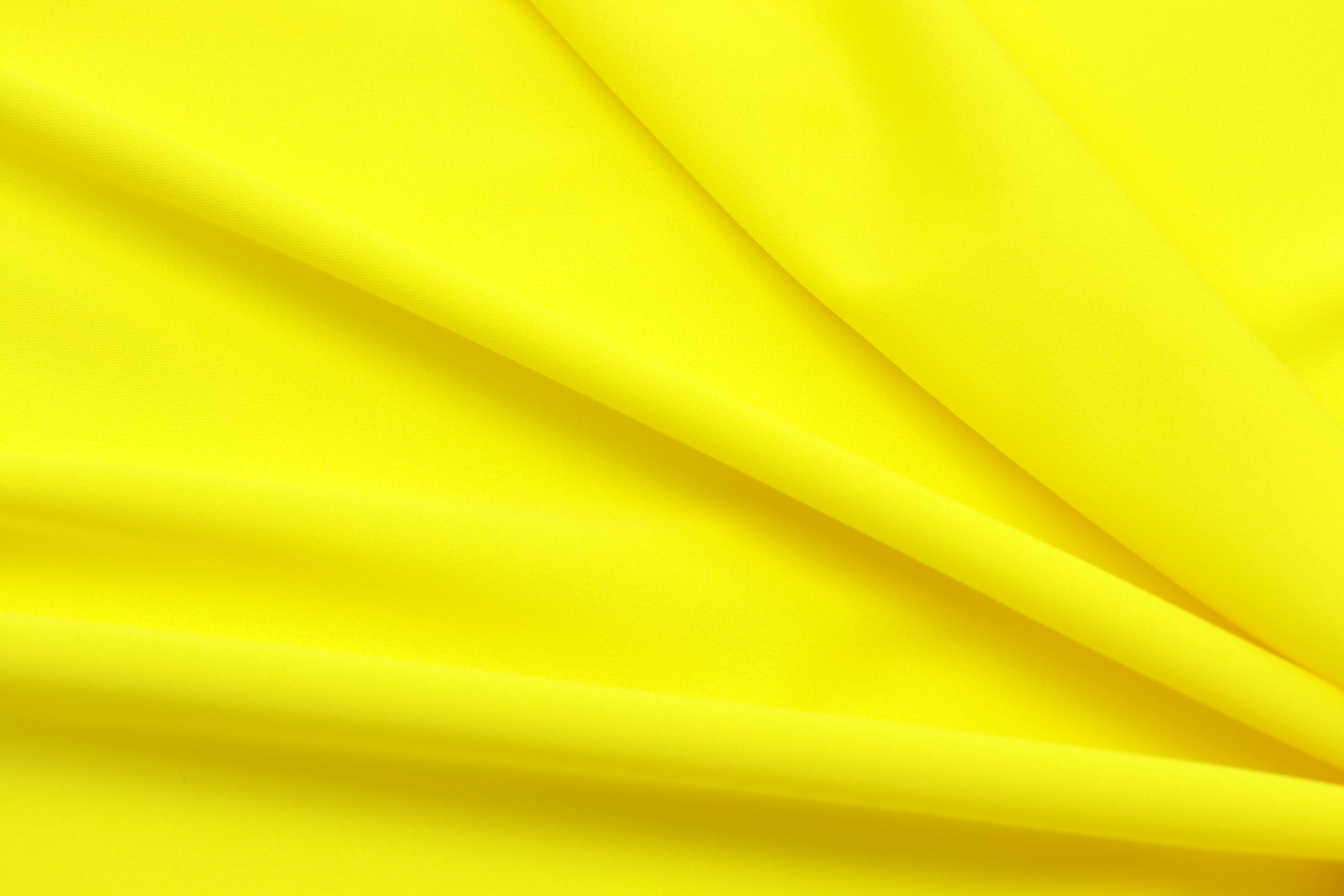Imagine standing in a field of sunflowers, the golden petals swaying gently in the breeze under a brilliant blue sky. The warmth of the sun on your skin, the sweet scent of blooming flora, and the vibrant yellow hues around you evoke feelings of joy and optimism. But beyond mere aesthetics, what does this lively color truly symbolize? From ancient civilizations to modern psychology, yellow has woven itself into the tapestry of human experience as a powerful emblem of various emotions and ideas.
Whether it’s the cheerful glow of a summer day or cautionary road signs demanding our attention, yellow elicits an array of interpretations that transcend culture and context. Often associated with happiness and creativity, it can also represent warning or anxiety when seen in different settings. As we explore what this captivating color signifies across history and cultures, you’ll discover how its meanings shift like sunlight through clouds—infusing our lives with energy while reminding us to tread carefully through life’s complexities. Join us on this colorful journey as we unpack the layers behind one of nature’s most radiant shades!
Historical Significance of Yellow
Throughout history, the color yellow has been imbued with multifaceted meanings that extend far beyond its vibrant appearance. In ancient Egypt, for instance, yellow was often associated with the eternal and divine; it symbolized gold, a material linked to deities and immortality. This connection to the celestial realm persisted across cultures, as in China, where yellow was deemed the center of the universe and embodied authority and power — only emperors were sanctioned to don this radiant hue during significant ceremonies.
Moving into more contemporary times, yellow’s historical significance takes on new dimensions. During World War II, it emerged as a unifying force for resistance movements; both symbolic of hope and a rallying cry for courage against oppression. Additionally, in 1960s counterculture movements in America, yellow became synonymous with peace and change—its brightness illuminating pathways toward social justice and freedom. This evolution reveals how yellow transcends mere aesthetic value; instead, it encapsulates resilience through epochs of human struggle while continually reaffirming its role as a beacon of enlightenment in diverse cultural narratives.

Psychological Effects of Yellow
The psychological effects of yellow are as vibrant as the hue itself, often evoking feelings of joy and warmth. This color has a unique ability to lift spirits and foster creativity, which is why it’s frequently found in art studios and creative spaces. However, its brightness can also lead to overstimulation if overused, creating an environment where one might feel anxious or restless. This duality makes yellow a fascinating color—inviting yet demanding attention.
Interestingly, research suggests that yellow can enhance cognitive functions by stimulating mental processes such as decision-making and problem-solving. In office settings where collaboration thrives, incorporating splashes of yellow can promote open communication and positivity among team members. Yet, caution must be exercised; when used excessively in living spaces or workplaces, it may inadvertently create a sense of unease rather than harmony. Thus, while yellow is undeniably uplifting on one hand, its psychological impact requires thoughtful consideration to balance its energizing properties with moments of calm reflection.
Yellow in Nature
Yellow, a color that radiates warmth and energy, is prevalent in the natural world, serving as a beacon of life and vibrancy. Think of sunflowers stretching towards the sky or fields of dandelions dancing in the breeze; these vivid blossoms thrive on their ability to attract pollinators with their bright hue. This strategic use of yellow not only highlights the beauty of nature but also underscores its intricate systems—plant species have evolved this dazzling color to ensure survival through reproduction.
Moreover, yellow can evoke powerful emotional responses tied closely to its presence in the environment. The gentle glow of sunlight filtering through leafy canopies creates a sense of peace and joy, while the bold flashes of yellow found in birds like canaries or goldfinches often signal vitality and optimism. Even during autumn, golden leaves remind us that change is beautiful—a cyclical journey where decay begets new beginnings. In this way, nature harnesses yellow not just for aesthetics but as a reminder that life continues to flourish even amid transitions.

Cultural Interpretations of Yellow
In various cultures, yellow serves as a powerful symbol with diverse interpretations that reflect local traditions and beliefs. In many Western contexts, yellow is often associated with cheerfulness and optimism; it’s the color of sunlight and evokes feelings of warmth and happiness. However, in Japan, the connotation shifts dramatically where yellow represents courage and bravery, often linked to the heroism displayed by historical figures in battle. This duality exemplifies how one color can embody vastly different meanings depending on cultural narratives.
Moreover, in India, yellow holds a sacred place—celebrated during festivals like Basant Panchami to mark the arrival of spring. Here, it symbolizes knowledge and learning, emanating a sense of wisdom similar to its representation of prosperity. In contrast, in certain African cultures such as among the Yoruba people of Nigeria, yellow can signal wealth or status but might also take on deeper spiritual meanings related to ancestral connections. These layered interpretations showcase not just a spectrum of sentiments associated with yellow but also highlight its role as a bridge between human emotion and cultural identity. Each lens through which we view this bright hue invites us into an intricate tapestry woven from history, spirituality, and social dynamics that deserve exploration beyond mere visual aesthetics.
Yellow in Art and Design
Yellow, a color synonymous with sunshine and joy, has left an indelible mark on both art and design throughout history. In the realm of painting, artists like Vincent van Gogh embraced yellow to express emotion and vitality, using vibrant hues to convey warmth and optimism in works such as Sunflowers. This ability to evoke feelings makes yellow a powerful tool in contemporary design as well. Brands often incorporate yellow into logos and packaging to capture attention and stimulate feelings of happiness or curiosity; think of McDonald’s golden arches or the cheerful branding of lemonade stands.
In interior design, yellow can transform spaces by infusing them with brightness and energy. A strategically placed yellow accent wall or statement piece can create an inviting atmosphere that encourages interaction and positivity. Moreover, the psychological impact of surrounding oneself with shades of yellow extends to enhancing creativity—many designers leverage this effect in workspaces where innovation is essential. Ultimately, whether splashed across a canvas or featured in a well-coordinated room palette, yellow continues to be a symbol not just of light but also of life itself—inviting exploration while inspiring joy at every turn.

The Duality of Yellow’s Meaning
Yellow, as a color, embodies a unique duality that reflects both vibrancy and caution. On one hand, it radiates joy and optimism, often associated with the warmth of sunlight, creativity, and newfound beginnings. Its brightness can lift spirits and inspire action, making it the color of choice for artists seeking to evoke feelings of happiness or hope in their work. A splash of yellow in any setting can instantly transform an atmosphere from drab to lively.
Conversely, yellow also carries connotations of caution and anxiety. Think of warning signs adorned with this striking hue; they alert us to potential dangers lurking ahead. In cultures around the world, a strong yellow may symbolize cowardice or treachery—a reminder that even the most exuberant colors can have shadows beneath their brilliant surface. This complexity invites reflection on how our emotional responses are shaped not only by color’s vibrancy but also by context and culture, urging us to consider both sides when we embrace shades of yellow in our lives.
Conclusion
In conclusion, the color yellow emerges as a multifaceted symbol woven into the fabric of our emotions, culture, and even nature. Its vibrant energy signifies not only joy and optimism but also represents caution and intellect. In different contexts, yellow can evoke an exhilarating sense of creativity or serve as a gentle reminder to remain grounded amid life’s complexities.
Understanding the symbolism of yellow invites us to reflect on its presence in our lives—whether it’s the cheerful sun breaking through gray clouds or the golden hues of ripe fruit enticing our senses. As we navigate various experiences, recognizing how yellow influences our perceptions can enrich our interactions with both color and emotion. Ultimately, embracing this hue reveals deeper layers of meaning that resonate profoundly within us, encouraging a more nuanced appreciation for the world around us.
